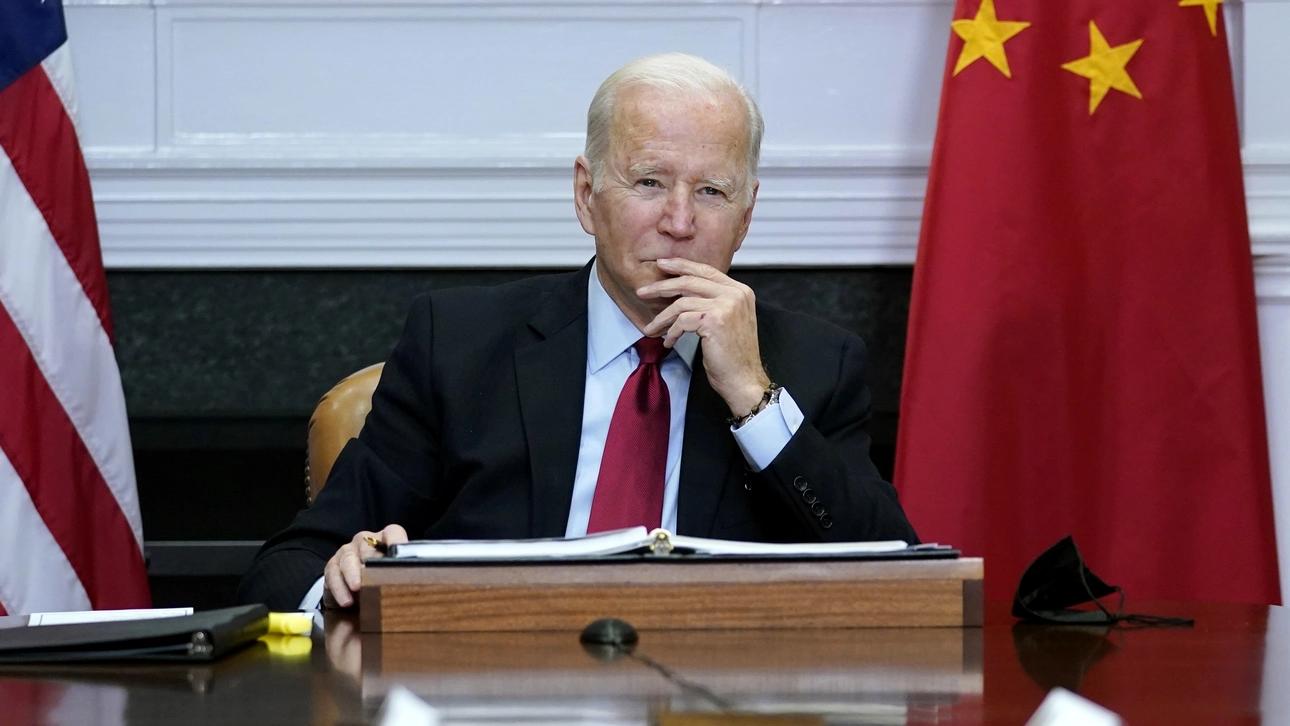In a move that underscores the growing global tensions, President Joe Biden has reportedly made significant changes to the U.S. strategic nuclear plans, focusing on the rising threat posed by China’s expanding nuclear arsenal and the potential for coordinated nuclear actions between China, Russia, and North Korea. This update to the highly classified “Nuclear Employment Guidance” marks a crucial shift in U.S. defense strategy, signaling an increasing concern over the nuclear capabilities of these adversarial nations.
According to a recent report by The New York Times, these changes were implemented in March, without any public announcement. The document, which is updated approximately every four years, is so sensitive that there are no electronic copies—only a few hard copies are distributed to select national security officials and Pentagon commanders. The secrecy surrounding this update reflects the gravity of the situation and the strategic recalibrations being made at the highest levels of government.
Although the Biden administration has kept these changes largely under wraps, Congress is expected to be briefed in an unclassified manner before the end of Biden’s current term in January. The New York Times also revealed that two top officials have been authorized to make brief public references to the new guidance, though their comments are limited to carefully crafted single sentences.
One of these officials, Vipin Narang, a nuclear strategist from the Massachusetts Institute of Technology who previously served in the Pentagon, stated, “The president recently issued updated nuclear-weapons employment guidance to account for multiple nuclear-armed adversaries.” Narang emphasized that the guidance specifically addresses “the significant increase in the size and diversity” of China’s nuclear arsenal, highlighting the escalating threat from Beijing.
Pranay Vaddi, the National Security Council’s senior director for arms control and nonproliferation, also acknowledged the updated strategy in a speech this past June. He noted that the revised document emphasizes “the need to deter Russia, the PRC, and North Korea simultaneously,” using the acronym for the People’s Republic of China. This statement underscores the U.S. administration’s recognition of the complex and multifaceted threats posed by these nations, each of which presents unique challenges to global stability.
Pentagon officials have long warned about China’s rapid expansion of its nuclear capabilities, which has now reached a point where it demands a strategic response from the United States. The revised nuclear employment guidance appears to be a direct response to these concerns, ensuring that the U.S. remains prepared to counter potential threats from multiple nuclear-armed adversaries.
As global tensions continue to rise, the Biden administration’s quiet but decisive shift in nuclear strategy is a clear signal that the U.S. is taking the growing threats from China, Russia, and North Korea seriously. While much of the details remain classified, the acknowledgment of these changes by top officials suggests a renewed focus on maintaining a strong deterrent posture in an increasingly unstable world.

